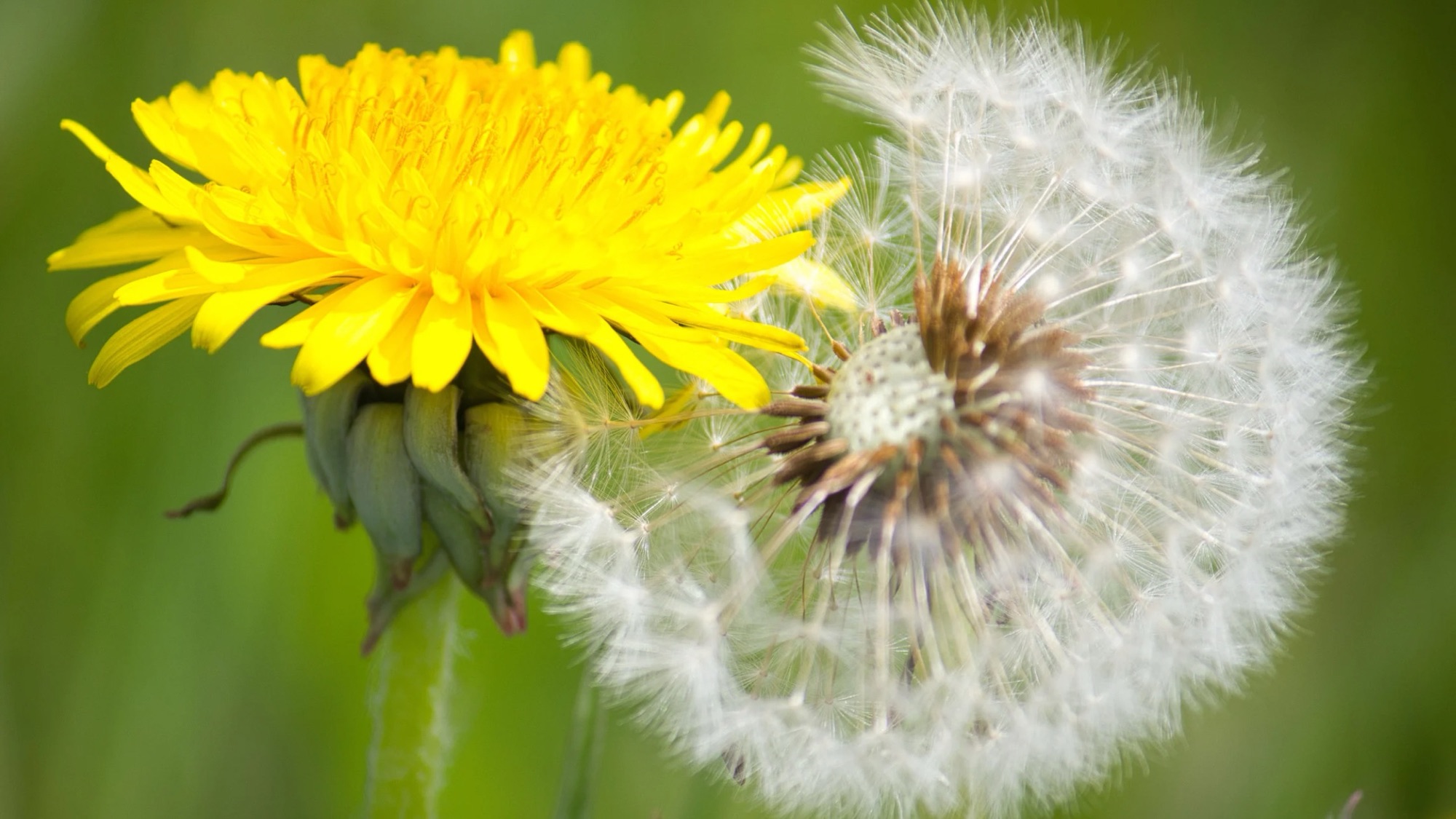Sage (Salvia officinalis) is one of the most rewarding herbs to grow — flavorful, fragrant, and tough as nails. Whether you’re planting it for culinary use, pollinators, or ornamental beauty, sage is a low-maintenance perennial that thrives in gardens, containers, and even drought-prone areas.
This ultimate guide will walk you through how to grow sage from seed or cuttings, care for it year-round, and harvest it for maximum flavor and longevity.
🌱 Why Grow Sage?
| Benefit | Why It Matters |
|---|---|
| Culinary staple | Key herb for poultry, soups, breads, and herbal butters |
| Pollinator-friendly | Loved by bees and butterflies |
| Medicinal history | Traditionally used for digestion, memory, and inflammation |
| Drought-tolerant | Perfect for xeriscaping and low-maintenance gardens |
| Evergreen in mild climates | Offers year-round beauty and utility |
☀️ Sage Growing Requirements
| Need | Ideal Conditions |
|---|---|
| Sunlight | Full sun (6+ hrs/day) |
| Soil | Well-draining, sandy or loamy |
| pH | Neutral to slightly alkaline (6.0–7.5) |
| Watering | Low to moderate — let it dry between waterings |
| Spacing | 18–24 inches apart for airflow |
🌿 Sage prefers tough love — don’t overwater or overfeed. It thrives with neglect.
🌱 How to Grow Sage From Seed
- Start indoors 6–8 weeks before last frost, or direct sow after danger of frost.
- Lightly press seeds into moist seed-starting mix — do not bury deeply.
- Keep warm (70°F) and moist; expect germination in 10–21 days.
- Transplant once seedlings are 3–4 inches tall and hardened off.
✅ Seed-grown sage is slower to establish, but great for large batches or heirloom varieties.
🌿 How to Grow Sage From Cuttings
- Take a 4–6 inch cutting from a healthy plant in spring or summer.
- Remove lower leaves, dip in rooting hormone (optional), and plant in moist potting mix.
- Cover with a humidity dome or plastic bag with air holes.
- Keep in bright, indirect light — roots should form in 2–3 weeks.
✅ This method clones your favorite plant and grows much faster than from seed.
🪴 Container Growing Tips
- Choose a 6–8 inch deep pot with drainage.
- Use a light, well-draining soil mix (potting soil + sand or perlite).
- Place in full sun (south-facing windows work for indoor growing).
- Let soil dry between waterings.
🧂 Perfect for patio herb gardens or kitchen windowsills.
✂️ How to Prune and Harvest Sage
- Start lightly harvesting once the plant is 6–8 inches tall.
- Pinch back tips to encourage bushier growth.
- Cut no more than ⅓ of the plant at a time.
- Best time to harvest: Morning, just after dew dries but before full sun.
🧠 Regular harvesting = healthier, more productive sage plant.
🧄 Companion Planting With Sage
Sage is a great garden neighbor. It can:
- Repel cabbage moths, carrot flies, and beetles
- Enhance growth of rosemary, cabbage, and carrots
- Dislike being too close to cucumbers (may stunt their growth)
✅ Try sage in raised beds, herb spirals, or the edges of vegetable plots.
❄️ Overwintering Sage
- In Zones 5 and above, sage is usually perennial with some mulch for protection.
- In colder zones (Zones 4 and below), grow in containers and bring indoors before frost.
- Trim lightly in fall — heavy pruning should wait until spring.
🧣 Mulch 2–3″ around the base to protect roots from freeze-thaw damage.
🧺 How to Preserve Sage
- Air dry or dehydrate for teas, seasoning, and smudging bundles.
- Freeze whole leaves or chop and freeze in olive oil cubes.
- Store dried sage in glass jars in a cool, dark cabinet for up to 12 months.
📖 For full details, check out:
👉 Preserving Sage: Drying, Freezing, and Storing for Maximum Flavor
❓FAQ: Growing Sage
Q: Does sage come back every year?
A: Yes, sage is a perennial in Zones 5–9. In colder climates, overwinter indoors or treat as an annual.
Q: Can I grow sage indoors?
A: Yes — use a sunny window (south-facing is best) or a grow light. Keep soil well-drained and don’t overwater.
Q: Why is my sage leggy?
A: It’s likely not getting enough light or needs pruning. Cut it back and move it to a sunnier spot.
Q: Can sage survive in clay soil?
A: Only if it’s amended with sand or compost for drainage — soggy roots = dead sage.
📕 This Article Was Brought to You By…
Know the Natives Plant Guide
Love herbs and resilient plants? This book teaches you how to grow native species that work with your climate, support pollinators, and reduce maintenance — while looking beautiful year-round.
👉 Every purchase helps support more free gardening guides like this one.
📖 Grab your copy here »




